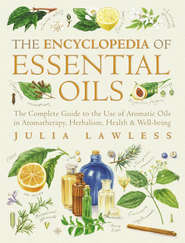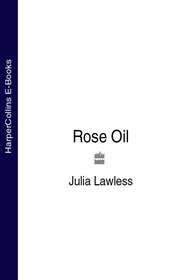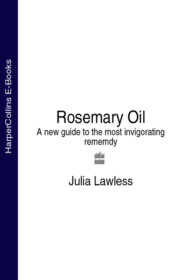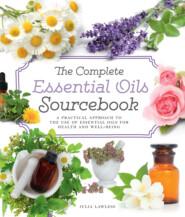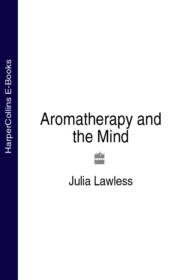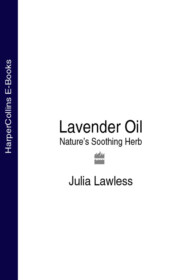По всем вопросам обращайтесь на: info@litportal.ru
(©) 2003-2024.
✖
Aloe Vera: Natural wonder cure
Настройки чтения
Размер шрифта
Высота строк
Поля
Aloe was introduced into the island of Barbados at the end of the 16th century (1596), probably by the Jesuits, or possibly by African slaves. It is this Aloe which bears the name Aloe barbadensis, formerly the accepted nomenclature for Aloe vera. Here, the commercial plantations of Aloe turned into a major industry for the medical market.
As the Jesuits had spread Aloe vera throughout the New World, and rumour has it that this was as far afield as the Philippines, so it was the Dutch who capitalized on the use of Aloe for medicinal purposes in Africa. Before the end of the 17th century, the Aloe had already been taken back to Holland by Dutch traders, and Cape Aloes were being cultivated in some of Europe’s finest gardens. At the Cape of Good Hope, Dutch colonists had laid out a garden for weary voyagers en route to India or China. The Jesuit Father Guy Tachard wrote in 1685 that this was one of the ‘most beautiful and curious gardens’ he had ever seen.
It included at least 20 varieties of Aloe. It was nearly 100 years later that the British took to Importing Aloe sap from South Africa.
In the colonial rush to acquire good natural resources for medical plants, Britain undoubtedly was eclipsed by both Spain and Holland. Instead, it looked to the British colony of Georgia, now an American state, for medicinal plants. An Apothecaries Company had been set up with the aim of supplying drugs and other materials to Britain. In the Caribbean, however, the British were not so fortunate and were blocked by the Spanish in their search for medicinal plants, including Aloe vera.
As a result of their shortage of a natural Aloe source, it was the traders in the Cape who sold Aloe juice to the Dutch East India Company, who then exported it to Britain. In the first year of commercial production in 1761, over 90 kg (200 lb) of Aloe sap were sent to Britain. Unfortunately, South African Aloe was not considered as good as the Aloe from Barbados and Socotra. Its main use in South Africa was for rubbing into sprains, and easing rheumatic pain and sciatica. By contrast, in Europe it was used traditionally for the skin and as a digestive aid for the stomach.
The therapeutic and commercial worth of Aloe ferox is noted by Sir Joseph Hooker in the London Journal of Botany (1842–4). Hooker received his information from Charles Bunbury, FLS, who had accompanied the Governor of the Cape, Sir George Napier, on a journey from Cape Town through to Grahamstown, Fort Beaufort and back to Cape Town. Bunbury mentions that ‘Aloe ferox is the most important medicine plant of the Colony’ and that ‘exports of Aloes in one year amounted to £2,794’.
As the commercial value of Aloe was being realized by merchants and traders, so there was added interest in the plant by the great collectors and botanists of Europe. These were frequently aristocratic or rich families who could indulge their collecting passion. Among these number the Prince of Salm-Dyck (1773–1861), who kept the finest collection of succulent plants in Europe, including Aloes. He also wrote a monograph of the Aloe family which appeared in seven parts. In Britain, many landed families had their own greenhouses and exotic plant collections. Both the Dukes of Devonshire and Bedford had especially fine collections.
Вы ознакомились с фрагментом книги.
Приобретайте полный текст книги у нашего партнера:
Приобретайте полный текст книги у нашего партнера:






